As you may see the Japanese anual events in general at the previous post, here you can know more details of those Japanese observances and cultural events in Summer.
夏(April – June)
In Japan, the year is traditionally divided according to the 24 solar terms (Nijūshi-sekki), which do not always align with the Western sense of the four seasons. For instance, April to June is regarded as “summer” in this system, although many people may still associate April with cherry blossoms and spring. This article explores the festivals and observances from April to June, highlighting Japan’s distinctive view of the seasons.(For Japan’s 24 solar terms (Nijūshi-sekki),please refer to “Japanese Annual Events: A Year of Traditions and Celebrations”)
April
Early April – Enrollment Ceremony and Company Entrance Ceremony
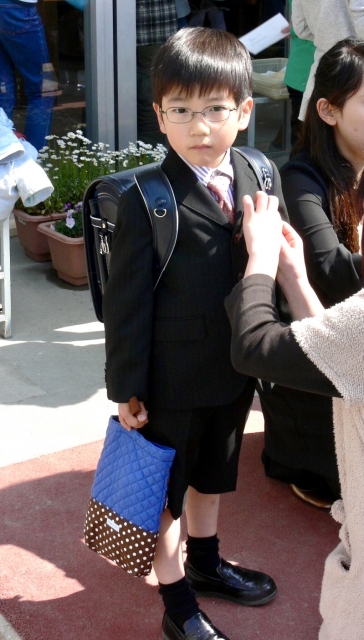
At the beginning of April, which is the start of the new fiscal and school year in Japan, ceremonies are held both in schools and companies.
Almost all schools have an enrollment ceremony to welcome new students. Parents often take photos with their children at the school entrance gate.
At the same time, many companies hold entrance ceremonies for new employees who have just graduated. This is one of the important employment customs in Japan and symbolizes the official start of their working life.
April 8 – 仏生会 (Busshou-e) or 花まつり (Hana-matsuri)

over the statue of Buddha
April 8 is the birthday of Shakyamuni, the founder of Buddhism. Temples around the world celebrate this day according to their traditions.
In Japan, Buddhist temples prepare a decorated flower hall called “Hana-mido,” where a small statue of Buddha is enshrined. People pour sweet tea (called amacha) over the statue as an expression of celebrating Buddha’s birth. This custom is known as “Hana-matsuri,” or the Flower Festival.
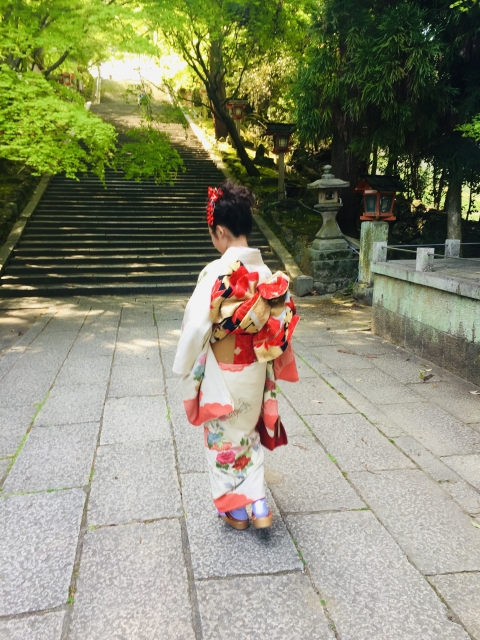
Buddhist temple for praying
April 13 – 十三参り (Jūsan-Mairi) –
On or around March 13th of the lunar calendar, children who have turned 13 visit Buddhist temples, especially in the Kansai region. They offer prayers to Kokūzō Bosatsu (Akasagarbha Bodhisattva), the deity of wisdom, hoping for intelligence and strength as they step into adolescence.
Thirteen marks the completion of the 12-year zodiac cycle and symbolizes a new stage of life. While this custom was once limited to western Japan, it is gradually gaining popularity in other parts of the country, including Tokyo.
May
May 5 – こどもの日 (Children’s Day)

Children’s Day is also known as “Tango-no-Sekku,” traditionally a festival for boys. Families celebrate the healthy growth and bright future of five-year-old boys.
At home, parents display samurai-style dolls or a kabuto (samurai helmet) as symbols of bravery, a custom that traces back to the samurai culture of the Kamakura period. Outside, families raise carp-shaped streamers called “Koi-nobori” in their gardens, symbolizing strength and success.
In some towns, Koi-nobori festivals are held, where many carp streamers decorate riversides or parks. You may see these colorful scenes in May. See more here.
Weekends in May – Shinto shrine’s festival
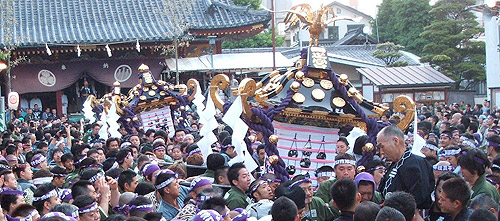
during the Sanja Festival at Asakusa Shrine.
In Tokyo, every May, several Shinto shrines hold their annual festivals. Some well-known examples include Kanda Myojin, Asakusa Shrine, and Koami Shrine in Nihonbashi. In these festivals, the deities enshrined in the main halls are transferred to portable shrines, called mikoshi. These mikoshi are carried through the streets by parishioners and local people as a way to pray for the safety of the town and a peaceful life without misfortune. Similar shrine festivals can be found not only in Tokyo but throughout Japan. For more detailed information about shrine festivals, please refer to the related sites.
June
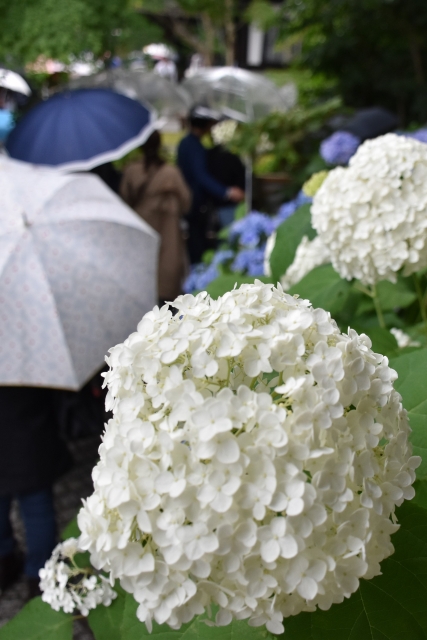
June – 梅雨 (Tsuyu, Rainy Season)
From late May to June, most regions of Japan experience the rainy season, called Tsuyu. It usually lasts for several weeks, though Hokkaido and the Ogasawara Islands do not have a rainy season.
The word “Tsuyu” literally means “Plum Rain,” as this period coincides with the ripening of plums. Before Tsuyu begins, the Japan Meteorological Agency announces the forecast of its start (Tsuyu-iri) and end (Tsuyu-ake), as well as the actual dates.
Tsuyu is regarded as the season between spring and summer, bringing a unique atmosphere to daily life in Japan. During the Tsuyu,rain-soaked hydrangeas are a hallmark of this time of year
Overview of Anual Events and Details of Other Seasons
Please find the overview of anual events and details of events in each seasons at following posts.
- Japanese Annual Events: A Year of Traditions and Celebrations
- Spring in Japan: January to March – Festivals and Traditions
- Autumn in Japan: July to September – Festivals and Traditions
- Winter in Japan: October to DEcember – Festivals and Traditions
Share Your Thoughts
Have you experienced something similar in your own culture?
Your reflections are welcome.
💬 Jump to the comment section


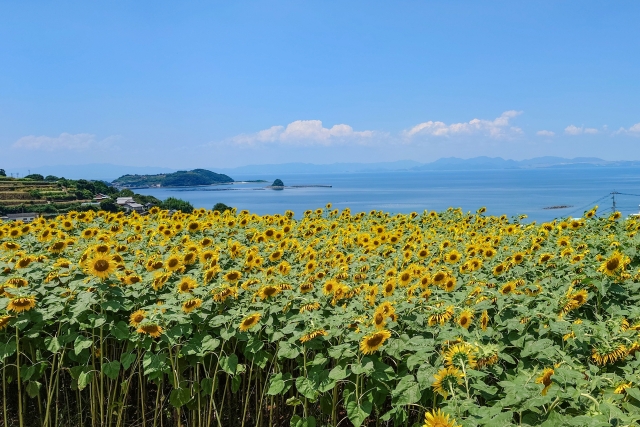


Share Your Perspective